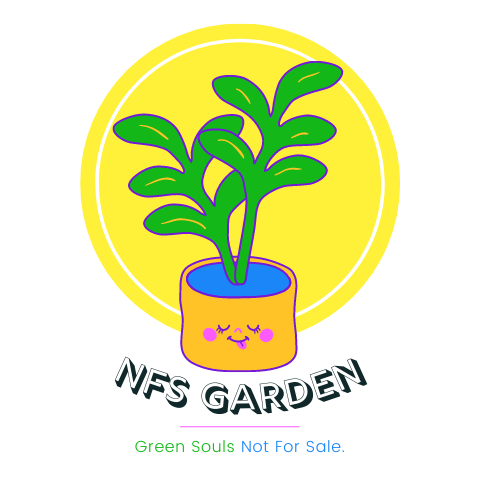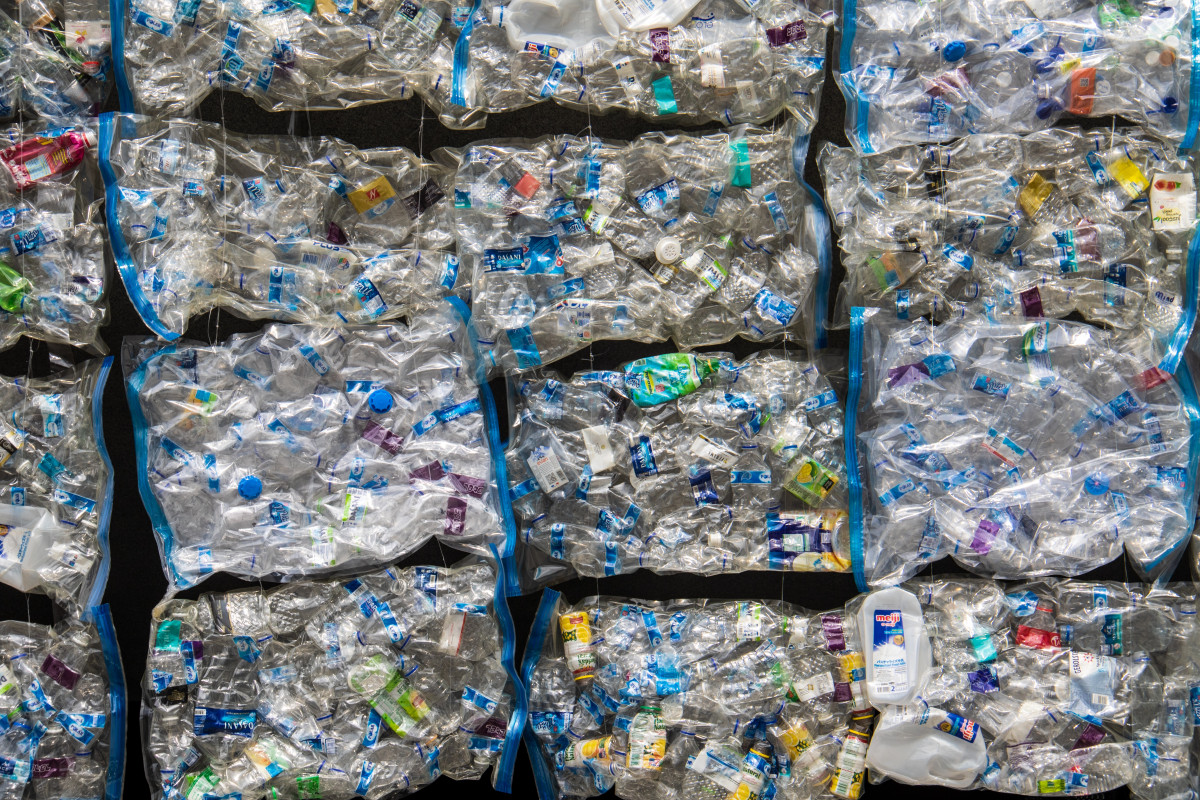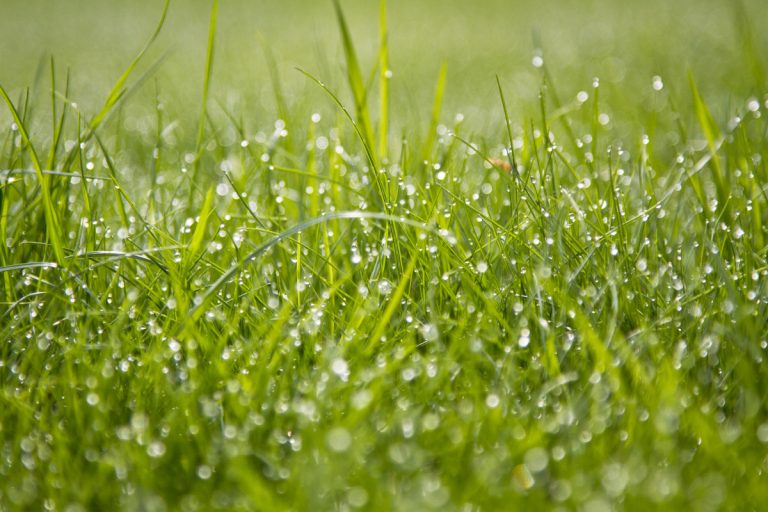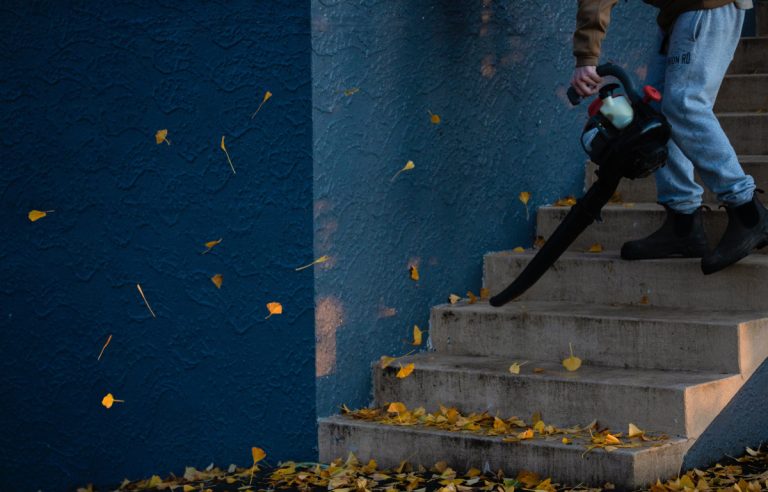What Is The Strongest Glue To Use On Plastic? – Bonding To Metal, Wood, Toys…
Let’s answer the most widespread questions about glue for plastic.
Quick Navigation
What Is The Glue For Plastic And Where Is It Used?
Glue for plastic is the glue made to connect the broken plastic components. Since plastic has slippery surface and isn’t porous, usual glue isn’t helpful for adhesion – a tailored solution is required. Glue for plastic contains certain chemicals that create stronger bonds between plastic particles. Some versions work due to the chemical reactions caused.
✅ Best Super Glue Plastic Fusion Epoxy Adhesive
Strong plastic epoxy that works very well. – This glue is made out of methyl methacrylate. It is not an epoxy glue. It works much better than epoxy glues and will glue more types of plastics and other materials together than an epoxy glue. Methyl methacrylate is also known as Plexiglas or polymethyl methacrylate or PMMA. Medical grade versions of this glue have been used for over 60 years to cement metal and other prosthetic devices to bone in humans, so its superior adhesive properties are well known.
How To Choose The Best Glue For Plastic?
The selection of glue for plastic should be based on what exactly you need to repair. The kind of plastic is the primary aspect that should be taken into consideration. If you select the wrong type of glue for plastic, objects can be damaged, melted, become cloudy, or lose their color. To define the type of material, take the object and look at the recycling sign. As a rule, it’s located on the bottom of items. It is depicted in the form of three angles shaping a triangle and has some letters or numbers inside: they denote the type of plastic this object was made of.
The following should be taken into consideration when you select the best glue for plastic.
- Contents
The components contained in glue play a crucial role in how it works and what it can be used for. The market offers us cyanoacrylates, epoxy, and other variants. The guide below will help you to define a suitable type of product. Whatever you buy, make sure that the formula of glue is environmentally safe and not hazardous for people, it should comply with modern requirements.
- For Which Types Of Materials Is It Used?
If the recycle symbol contains number 6 or letters PS, the object is made of polystyrene. You need a poly cement glue (Loctite and Super Glue). Cyanoacrylate based glue (epoxy) will work.
Labels 2, 4, 5, HDPE, LDPE, PP, or UMHW mean that plastic type is polyethylene or polypropylene. These types of plastic are more difficult to fix: you need specialized solutions like Loctite Plastics and Scotch-Weld. 7,9, and ABS denote plastic resins which are better to be glued with an epoxy or cyanoacrylate.
- How Fast Does It Stick Elements Together?
Think beforehand whether you will need time to work with elements when they’re being glued, or you want instant sticking. Every glue type has a different effect. Super Glue takes a few seconds for the death grip, other products can take their effect within a few minutes only.
Facts About Glue For Plastic
- Here are some interesting facts about glue.
- Cyanoacrylate was created accidentally: it must have been clear plastic for guns instead.
- Most adhesives for home use are acid-free because acid destroys materials gradually, but some gels with acid are still sold.
- Super Glue can be removed from your fingers with acetone.
- Glue’s maximum strength is achieved when you bond metal to metal – this is due to the special structure of metal particles.
- Super Glue lasts longer when stored in a refrigerator, being properly sealed.
How To Get Maximum Efficiency From Glue For Plastic?
In order to make repair more efficiently, you should know how to use the glue correctly. Here’s a step-by-step guide for you:
- Remove grease and dirt from the object you will fix using soap, alcohol, or a special plastic cleaner for that. After cleaning the object, do not touch it with your bare hands – fingers can leave an oil residue.
- Process the surface with 120-200 grit sandpaper, or steel wool. You need to make it slightly uneven because glue sticks to porous surface better.
- If you have two part kits, you need either to mix two glue substances together (it triggers certain chemical reactions), or use the activator, and then apply glue. Please, note that some glue should be applied on both surfaces – other gels are applied on one side only.
- Glue should be applied either with an applicator, a brush, or a needle (if the objects fixed are too tiny).
- When glue is attached, press pieces together, but not too tight, or the glue will be squeezed out. Clamping is required in some cases, in others glue will dry up in 10-20 seconds.
- Wipe away the excess of glue using a napkin, or a piece of clothing. If you use an acrylic cement, it shouldn’t be wiped away – the excess will evaporate.
- When performing the procedure, make sure that the room is properly ventilated. Some types of glue, for instance, primer and solvent cement, release dangerous vapors. If you don’t have normal ventilation (no fan, no window), wear a respirator that filters organic vapor.
Wait until the glue totally dries up. You can paint or sand the surface – most types of super glue allow for that.
What kind of glue to use from plastic to plastic?
It depends on the type of material. Cyanoacrylate usually works with all types of hard plastics, and epoxy glue is perfect for hard plastics, too.
Can you use Gorilla Glue on plastic?
Yes, Gorilla Super Glue kit is a versatile solution that works well with plastic and many other materials.
What kind of glue to use on rubber and plastic?
Loctite Super Glue and Scotch-Weld are the strongest solutions on the market: they can connect rubber and plastic successfully.
Can you put epoxy on plastic?
Hard plastic is suitable for being used with epoxy glue, as well as resin plastic, it won’t be melted or damaged by such product.
For which materials is glue used?
In fact, different types of glue for plastic can be used to stick a lot of hard materials: glass, wood, Plexiglas, leather, metal, and ceramics.
How quickly does glue for plastic work?
The vast majority of products provide instant grip by sticking elements together within 5-20 seconds. Epoxy glue requires more time for drying.
===> Find Even More Related Good Ideas ===>
Other Garden Enthusiast Are Reading:
✅ Trending
- The Best Grow Box To Cultivate As A Pro Reviewed 2022: Incubate Your Perfect Indoor Greenery Garden
- Chipper Shredder Reviews 2022 – Best Electric Yard Machines For Composting
- 11 Things You Should Know About Backpack Sprayer Before Buying One: The Guide To Safety, Selection And Maintenance 2022
✅ Outdoor Garden Design And Tips
- 11 World’s Most Amazing Medicinal Plants & Healing Herbs In Nature For Plant Lovers 2022
- Creating A Backyard Paradise With Simple Tools: New Summer Experience And Garden Layout 2022
- Free Customisable 3-Page Garden Planner Printable For Full Bloom All Year Round – The One Key To Garden Success 2022
✅ Indoor Design And Tips
- Calling Everyone With A Small To Tiny Garden
- Add A Burst Of Colour: The Hydrangea Colour Wheel Dining Sets
- How To Plan Garden Storage Sheds? Tips You Have To Know Before Your Purchase 2022
✅ Even More Great Products
- The Best Garden Tiller 2022: Working In Garden Is No Longer Painful
- Beginner’s Guide To Mastering Garden Shears 2022: Tips On Safety, Selection, Maintenance And More
- Reasons Why You Need An Extra Big Tent For The Garden 2022: Shelter From Bad Weather
✅ Sustainable Lifestyle Products And Tips








